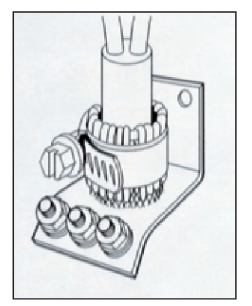Im currently carrying out periodic inspections on a local governments street lighting circuits and many are failing Zs tests. Not just by a little some 20/30 ohms. The circuits are all being protected by BS88-3 Fuses from 10A upto a maximum of 25A depending on the size of the circuits.
My question is can the circuits have a second fuse inserted at a point where the Zs is acceptable. I believe not that our only solution is to improve the reading or fit and Rccbo to give the circuits the correct disconnection times.
Thank you for any feed back
